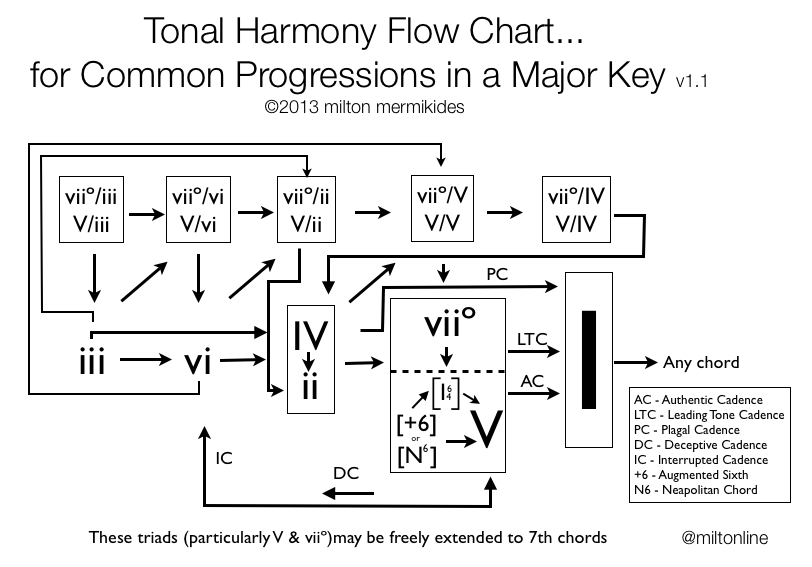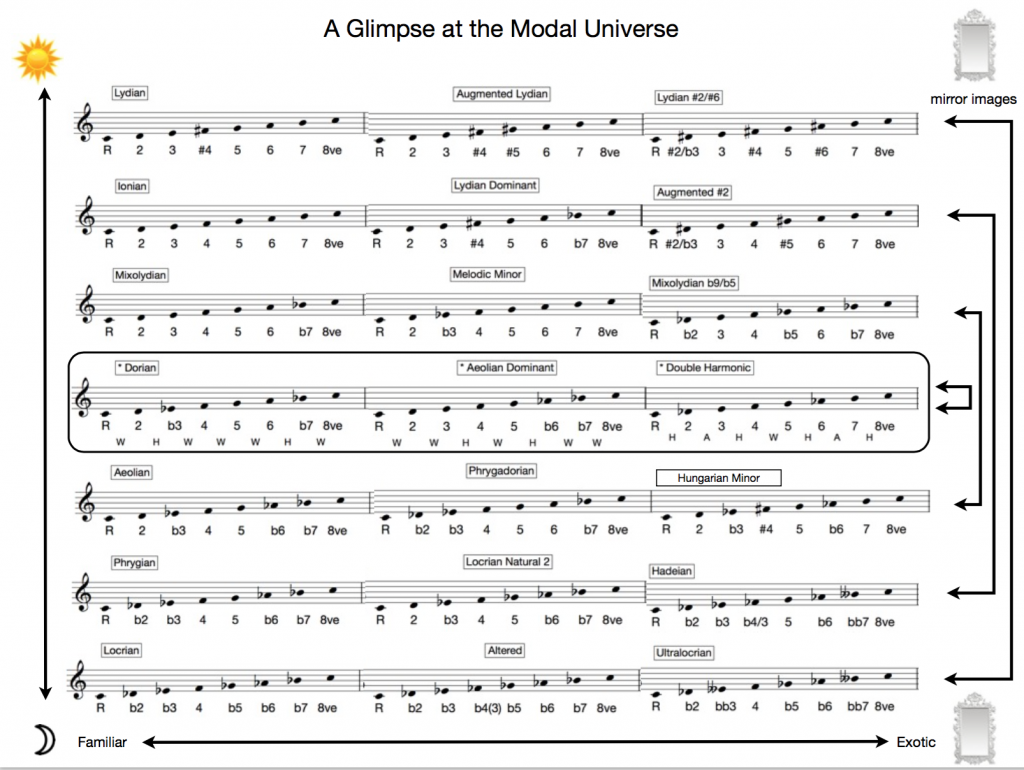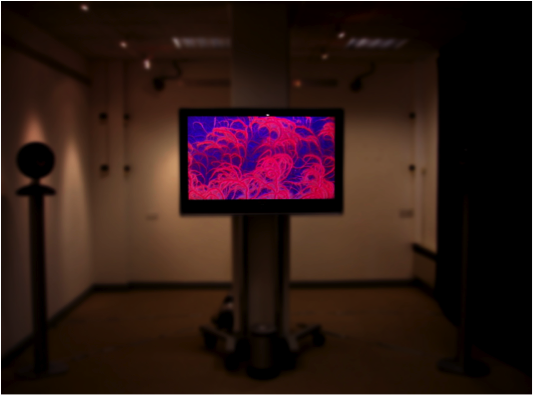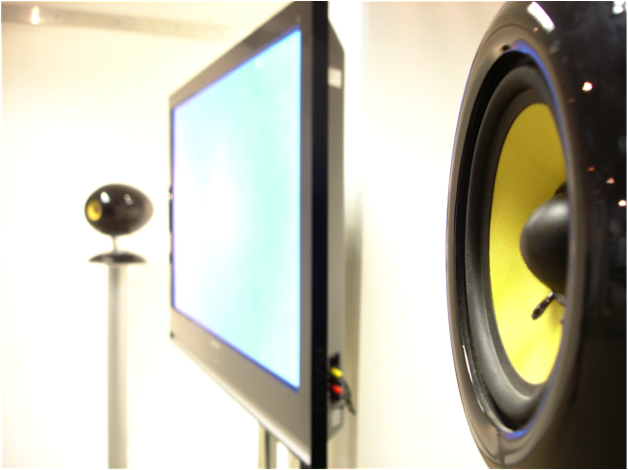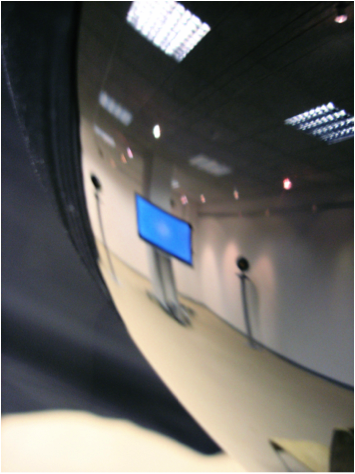A remake (with animation and updated music) of the 2011 Phibonacci Nova – A Bossa about the Fibonacci Series featuring Bridget Mermikides on vocals and vocal arranging.
Tag: Composition
J.S.Bach in Aeon
My essay on J.S.Bach’s crafty brilliance and its implications for us all is now published in the wonderful Aeon digital magazine. Many thanks to Nigel Warburton (author, philosopher and podcaster) for the commissioning, editing and constant support.
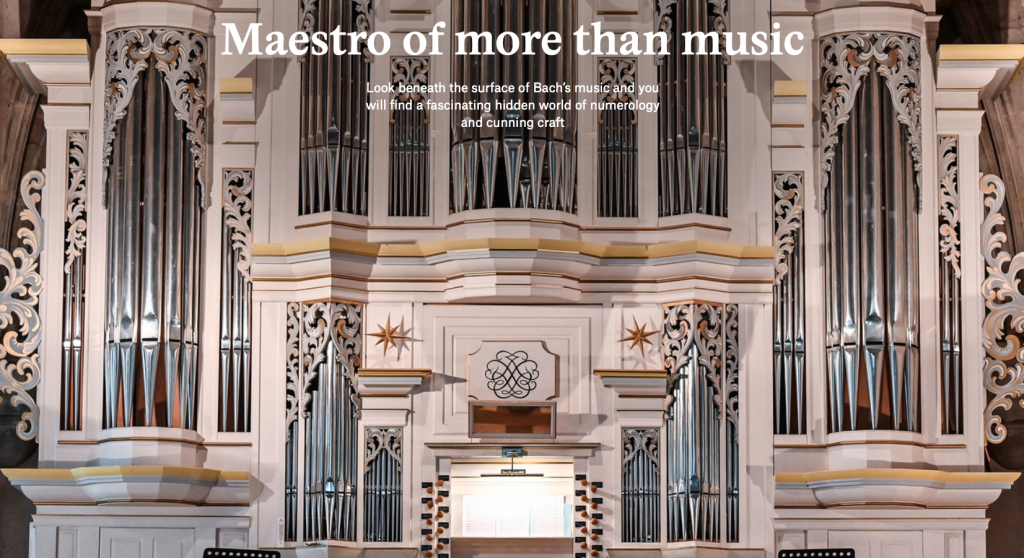
https://aeon.co/essays/look-into-the-secret-world-of-numerology-and-puzzles-in-bach
Maximally Even Library
UPDATE- Since the publication of Brad Osborn’s Kid Algebra (2014), I’m going to switch to his category of Euclidean rhythms (in their 4 types) to describe the patterns below. In summary, Euclidean rhythms (ER) are rhythms in which k onsets in n divisions are as similar as possible, which essentially means that they will only differ by at most one subdivision each. So in ER the groups are as similar as possible, but the term maximally even we will reserve for ER rhythms where the smaller note groups are as separated as much as possible. For example, (2,2,3,3) and (2,3,2,3) are both ER, but only the latter is maximally even.
This is a library of all the maximally even (including strictly even) rhythms for 2-7 rhythmic onsets within 6,8,12 and 16 beat cycles.
Maximal evenness (M.E.) describes a rhythm which is as evenly spread out as possible given both a number or events (rhythmic onsets), and a number of available slots (beats). Strict evenness (marked with a º) is a subset of M.E. and occurs when the hits are equally spaced. M.E. rhythms are intrinsic to much music making in a wide range of cultures from Sub-saharan Africa, South America to EDM and much in between.
The parenthesised number shows the number of displacements (or ‘rotations’) available for the rhythm in the beat-cycle, and allows for starting on rests. When the number of rotations equals the number of beats in the cycle this is marked with an * and represents maximally independence (MI – a common trait of African timelines and clave patterns). Note that 5,6 and 7 in 12 also represents maximally even pentatonic, hexatonic and heptatonic scale sets e.g. 3,3,2,2,2 represents all the modes of the major pentatonic as well as a 5 in 12 set of ME rhythms. As another example 2,2,1,2,2,1,2 (a rotation of 2,2,2,1,2,2,1) represents both the African standard time-line and the Mixolydian mode. Enjoy.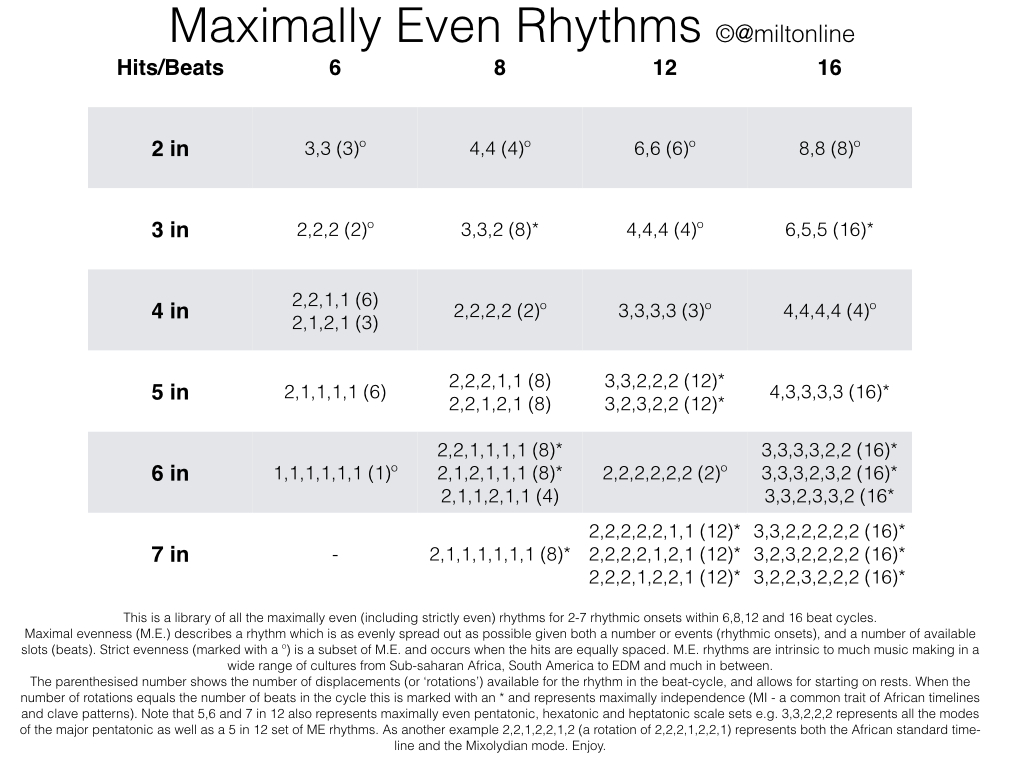
Announcing a 2-day symposium (November 15-16 2013 at University of Notre Dame in Central London) examining the process, philosophy and products of collaborations between scientists, musicians and performing artists. It’s hosted and organised by me and my sister Dr. Alex Mermikides, and is an output of the Chimera Network – and AHRC-supported project promoting Art/Sci research.
Presentation and paper proposals
Book a place
I have been thinking about ‘nutshell’ images for a range of musical concepts. Here’s a work in progress on common progressions in a major key in 17-19th century tonal harmony. Yes caveat, WIP etc, but it seems quite useful. Comments and suggestions welcome! Minor key next, please don’t let me turn them into 3D models for mode mixtures and modulations.

For Part 2 of the Beatless series lets look at a Beatles rework by one Joe Connor.
Here the motivic and harmonic elements of the piece are extracted and examined through repetition with gentle timbral variation – techniques borrowed from minimalist and process music.
This, together with non-quantisation rhythmic elements creates a compelling atmosphere. Electronic music has been refreshed of late with such artists as Mount Kimbie rejecting the dominance that strict grid-based (‘quantized’) time has had on the genre. ‘Loose’ (but not sloppy) timing has a huge effect on musical expression, and this latest trend in IDM is heartening.
Enjoy.
The Beatless – Part 1 Remodalisation

I thought I’d use this platform to share with you some of the great work my students are doing together with some commentary addressing compositional technique. Here’s the first of many to come.
As part of one of my coursework portfolios, I offered my talented and creative students at Surrey the option to rework a Beatles track. Beyond a cover or remix, the brief was to reinterpret and/or electronically deconstruct/reconstruct musical materials from any Beatles track. There was some great work such as Em Bollon’s modal reinterpretation of ‘Here Comes The Sun’ Remodalisation (invented term) is the technique of translating melodic and/or harmonic material into a parallel mode (set of notes or scale). The original track’s major tonality (with some modal interchange and secondary dominants) is really effectively (and intuitively) reinterpreted into mixolydian and dorian ideas, blended with electronic japery. Quite lovely.
A diagram demonstrating a section of the huge modal universe. You may see how mirroring modes (turning them upside down) can organize them into levels of brightness. It can also identify those modes that are identical in mirror form. These include Dorian (used in a thousand tunes from Scarborough Fair, Shine on You Crazy Diamond, Brick House to The Hitchhiker’s Guide To The Galaxy), Aeolian Dominant (Babooshka) and Double Harmonic (Miserlou from Pulp Fiction).
These are just 3 of the heptatonic even-tempered modes with mirror symmetry parents. There are many others, scales with 2-12 notes, as well as scales with ‘twin’ mode systems. Regardless this technique can be applied widely and is a rich resource for composers and improvisers alike.
Composers and their critics
Today’s musical legends had their fair share of criticism. Match the composer to their bad review, and in the process don’t take any criticism of your own work too seriously, you’ll only avoid negative feedback if you don’t write anything.

MiltOnNotes Volume One
Here’s a compilation of several lectures on composition, 539 slides on many compositional aspects relevant to all styles.
If you don’t have time to read it all, simply type in a random page number and you should get a good stimulus for a composition.
Welcome To The Real World
Just returned from 4 days at Peter Gabriel’s Real World Studios.
Wow, what a place! High-end technology and a Pavlovian saliva-inducing stash of microphones & gear.
All that would you expect from a good studio, what makes Real World a uniquely wonderful residential studio is the great effort made to make the artists feel relaxed with wonderful surroundings. The studios are perfectly sound proofed yet awash with natural light. Cast your gaze up from the mixing desk and you are treated with a delightful view of a bridge over a stream amidst gorgeous English countryside. Stroll through the picturesque Wilstshire grounds, coffee in hand between takes. Or why not, mid-recording, gaze at a running stream through the glass floor of the studio. A team of helpful people or on hand to keep you in excellent home-cooked food & endless hot beverage. The ideal place to work.
So what did the precocious Peter Gregson and I achieved in those 4 short days? A superb recording of Steve Reich’s 2003 work ‘Cello Counterpoint’ for 8 cellos. What a pieces: labyrinthine rhythmic ideas, stunning ensemble interplay & a deep jzz-influenced harmonic language. Our production really is something special. But we earned it, 4 looong days of intense work, We go back to mix in the next few weeks, (together with some original compositions) and look forward to sharing the album with the world.
Now for some unedited sleep.
Funded by the Wellcome Trust, Microcosmos is a sound installation project in collaboration with microbiologist Dr. Simon Park and Cameraman Steve Downer (Blue Planet, Life on Earth etc.). The DNA codes, colour & shape of microbacterial colonies are translated into sound design using a complex automated mapping system. The resulting soundscape reveals the hidden music of this spectacularly tiny world. Microcosmos has been performed internationally including the Science Museum, Royal Academy of Music, Art Researches Science Belgium and disseminated in international conferences. Here is an extract of the piece:
Some images from the installation below as well as a representation of the mapping system employed (from the hidden music liner notes)


